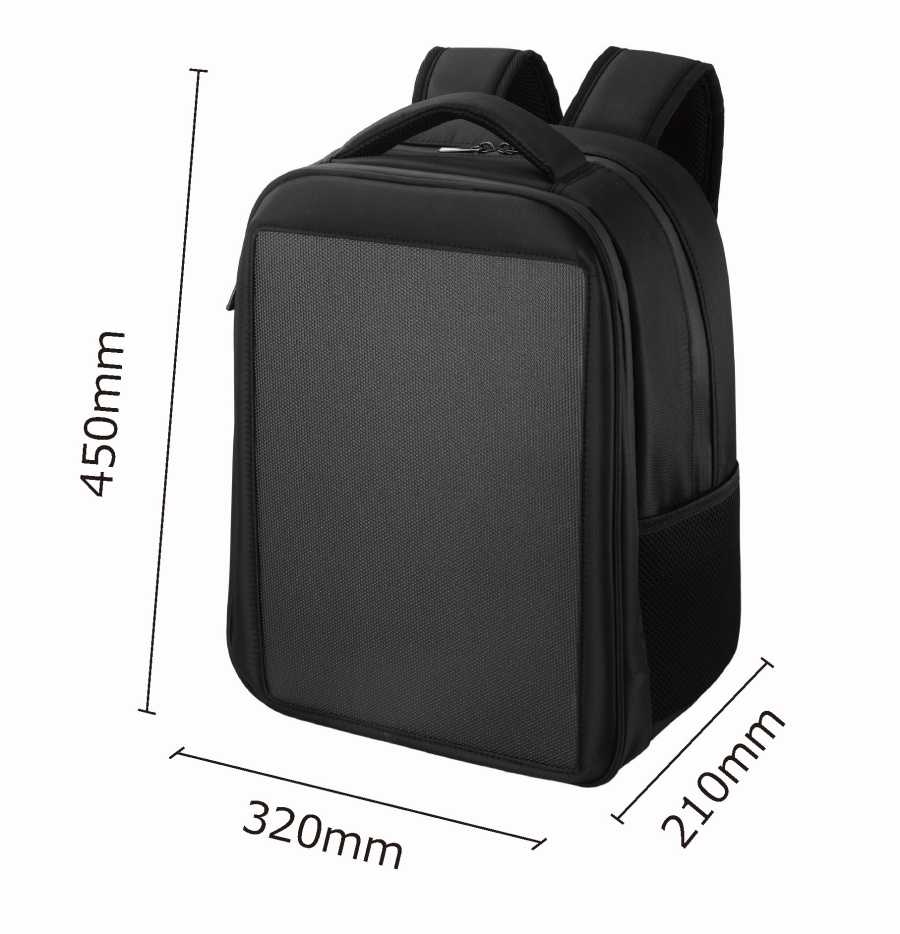Sale High Quality 50W Solar Blanket Manufacturer in China
The 50W Solar Blanket, a versatile and eco-friendly power solution, is increasingly being adopted for a variety of outdoor applications. Its ability to convert sunlight into usable electricity makes it an attractive option for camping, boating, and emergency preparedness. However, one of the concerns for users is the water resistance of the 50W Solar Blanket, as its performance in wet conditions can significantly impact its usability and longevity. This article delves into the intricacies of the 50W Solar Blanket's waterproof, examining the materials used, design features, and real-world performance to provide a comprehensive understanding of its resilience against water.
The 50W Solar Blanket is designed with durability in mind, incorporating materials that are not only efficient at capturing solar energy but also resistant to the elements. The solar cells themselves are typically made from monocrystalline or polycrystalline silicon, which are known for their efficiency and robustness. These cells are then encapsulated in a protective layer, often made from a combination of ethylene-vinyl acetate (EVA) and a PET (polyethylene terephthalate) backsheet. The EVA layer serves as a moisture barrier, preventing water from seeping into the solar cells and causing damage, while the PET backsheet provides additional protection against environmental factors.
The frame of the 50W Solar Blanket is another critical component when it comes to water resistance. Many models are equipped with an aluminum frame, which is not only lightweight but also highly resistant to corrosion. This ensures that the frame does not rust or degrade over time, even when exposed to moisture. Some higher-end models may also feature a powder-coated finish on the frame, which adds an extra layer of protection against water and other elements.
The junction boxes and cables of the 50W Solar Blanket are also designed with water resistance in mind. Junction boxes are typically sealed with rubber gaskets or silicone seals to prevent water ingress, while the cables themselves are often sheathed in waterproof materials. This attention to detail ensures that the electrical components of the 50W Solar Blanket remain safe and functional, even in damp conditions.
In terms of real-world performance, the 50W Solar Blanket has been tested under various conditions to ensure its water resistance. Many manufacturers subject their products to rigorous testing, including the Ingress Protection (IP) rating system, which measures the degree of protection against intrusion from foreign bodies and water. An IP rating of IP67 or higher indicates that the 50W Solar Blanket is dust-tight and can withstand immersion in water up to a certain depth for a specified time.
However, it is important to note that while the 50W Solar Blanket is designed to be water-resistant, it is not entirely waterproof. Prolonged submersion or exposure to heavy rainfall may still pose a risk to the integrity of the solar blanket. Therefore, users are advised to take precautions when using the 50W Solar Blanket in wet conditions, such as covering it with a waterproof tarp or bringing it indoors when not in use.
In conclusion, the water resistance of the 50W Solar Blanket is a testament to the thoughtful design and high-quality materials used in its construction. While it is not entirely waterproof, its robust construction and protective features make it a reliable choice for outdoor use, even in damp conditions. By understanding the water resistance capabilities of the 50W Solar Blanket, users can make informed decisions about its suitability for their specific needs and take the necessary steps to protect their investment.



 English
English 中文简体
中文简体 Français
Français Español
Español Deutsch
Deutsch
















